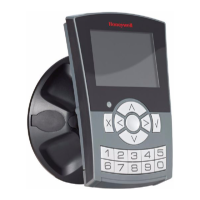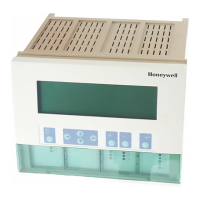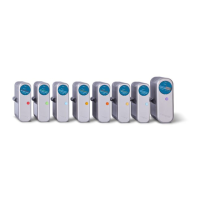MAN0923_Issue 3_04/15 Touchpoint Pro
Operating Instructions
209
15. Appendix 2 - Congurable
Parameter Reference Guide
15.4 Relay Output Module
TheRelayOutputModulehastheoptiontocongureacustomchannel,orcopyfromaconguredchannel.
Note: If a channel is congured by copying from another channel, it is possible to edit individual settings
afterwards (see Section “Editing a Congured Channel”).
15.4.1 Commission Channel
Access Level: Administrator
Parameter Name Default Setting Value Range Comment
Channel ID Next available 1 to 128 Can only be assigned during first time
configuration. Otherwise de-commission the
channel and re-assign another channel number
Channel Location Tag “Channel <Channel ID>” Maximum 30 Alphanumeric
Characters
30 character location tag name. This is the main
channel description used throughout the interface
Channel Custom ID “Channel <Channel ID>” Maximum 20 Alphanumeric
Characters
20 character custom ID. This is displayed on the
“Channel Details” screen and in the Configuration
Report
Note: Channel Location Tag and Channel Custom ID only require Engineer level access for editing
15.4.2 Relay Output Settings
Access Level: Engineer
Parameter Name Default Setting Value Range Comment
Normal State De-energised for Standard
modules / Energised for
Safe modules
De-energised / Energised Not configurable for a Safe ROM
Latch Function Non-Latching Non-Latching / Latching The alarm conditions are usually already configured as
latching; therefore the output channel is configured non-
latching as default setting.
Delay Time 00m:00s 00m:00s to 05m:00s The output module will activate the output channel after
the ‘Delay Time’ interval has expired. This only applies for
the transition “normal to active”.
Hold Time 00m:00s 00m:00s to 60m:00s The output module will set the output channel into normal
condition after the ‘Hold Time’ interval has expired. This
only applies for the transition “active to normal” and only if
the output is configured as non-latching.
Auxiliary Output
Overload
Disabled Enabled / Disabled If enabled the system will report any auxiliary output
overload as a fault. The overload condition applies to the
module, so it will be reported on all enabled channels.
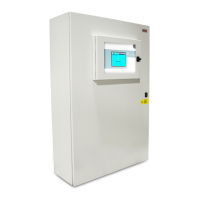
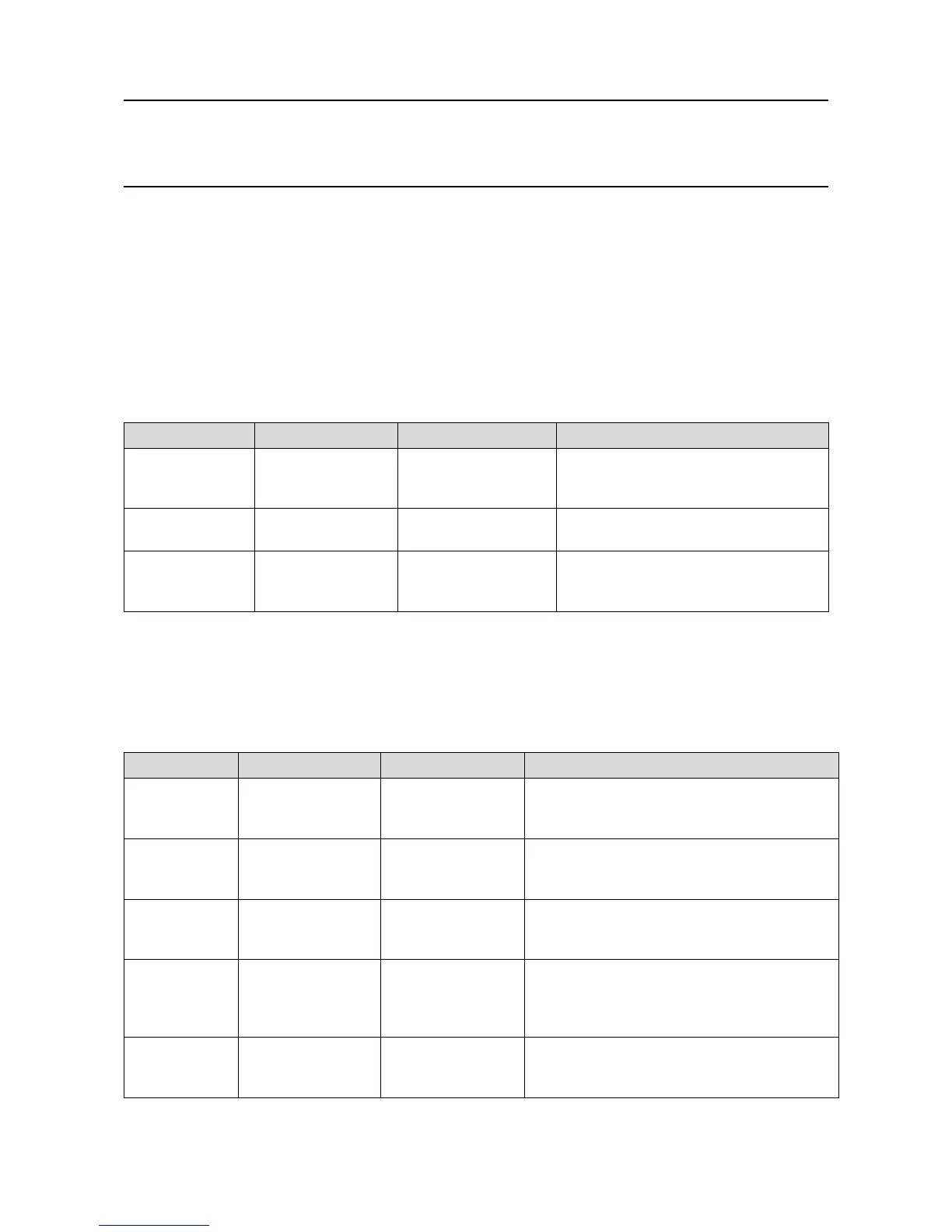